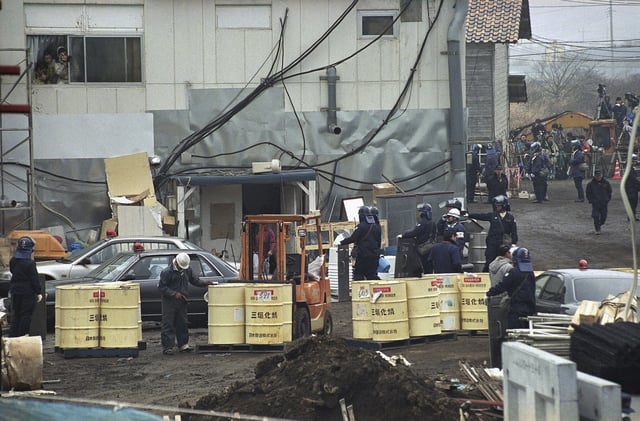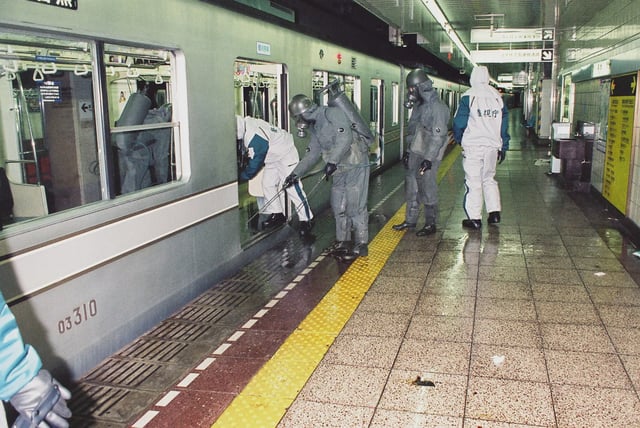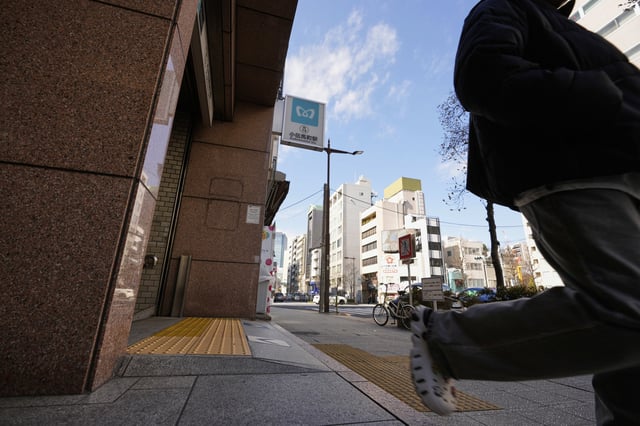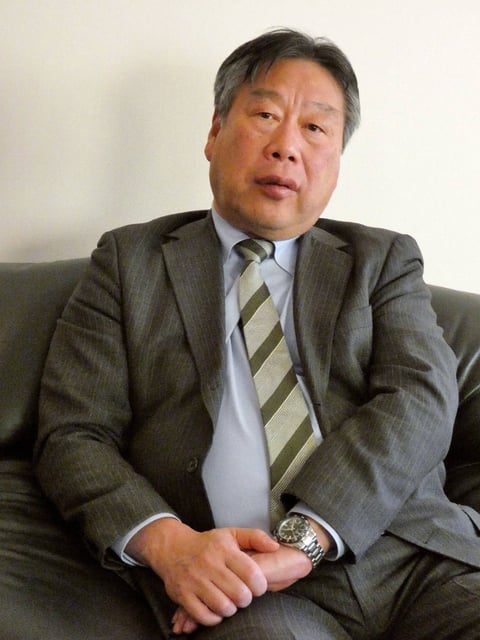Overview
- The 1995 Tokyo subway sarin attack killed 13 people, injured over 5,800, and left survivors facing long-term health and psychological struggles.
- Aum Shinrikyo's leader, Shoko Asahara, and 12 disciples were executed in 2018, but successor groups with 1,600 members remain active in Japan.
- These groups, including Aleph, continue to recruit members using social media and messaging apps while evading court-ordered compensation to victims.
- Survivors and families, led by advocates like Shizue Takahashi, call for increased government action to monitor and restrict cult activities.
- Experts emphasize the need to educate the public on the dangers of cults to prevent future recruitment and ideological harm.



